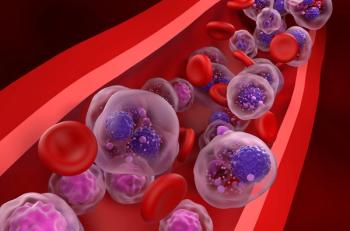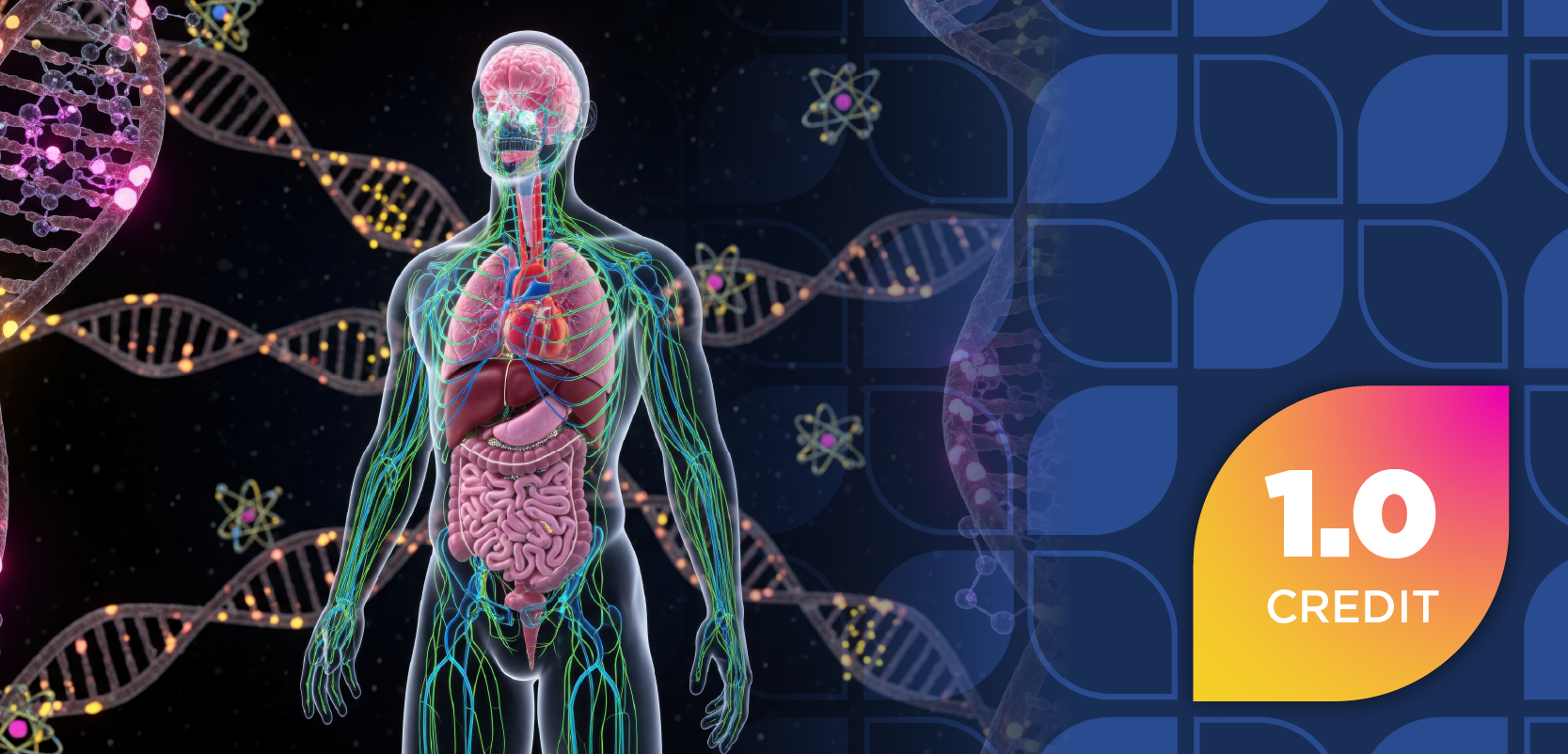
New Gene Profiling Technology Reveals Melanoma Biomarkers

UC Davis cancer researchers hope new technology will help diagnose and treat melanoma more successfully.
A new UC Davis-led study sheds light on cell type-specific biomarkers, or signs, of
Melanoma, the deadliest of the common skin cancers, is curable with early diagnosis and treatment. However, diagnosing melanoma clinically and under the microscope can be complicated by what are called
“The biomarkers of early melanoma evolution and their origin within the tumor and its microenvironment are a potential key to early diagnosis of melanoma,” said corresponding author of the study
The study examined the expression of over 1,000 genes in 134 regions of interest enriched for melanocytes, a cell in the skin and eyes that produces the pigment called melanin, as well as neighboring keratinocytes or immune cells. The tissue examined came from patient biopsies from 12 tumors, ranging from benign to malignant, using the
“We found that melanoma biomarkers are expressed by specific cell types, some by the tumor cells but others by neighboring cells in the so-called tumor microenvironment. The most striking observation was that S100A8, which is a known melanoma marker thought to be expressed by immune cells, was expressed by keratinocytes that make up the outermost layer of the skin called the epidermis,” said Kiuru. “Melanoma biomarkers in the epidermis have been largely overlooked in the past.”
“Unexpectantly, we discovered that S100A8 is expressed by keratinocytes within the tumor microenvironment during melanoma growth,” said Kiuru. “We further looked at S100A8 expression in 252 benign and malignant melanocytic tumors, which showed prominent keratinocyte-derived S100A8expression in melanoma but not in benign tumors. This suggests that S100A8 expression in the epidermis may be a readily detectable indicator of melanoma development.”
Many molecular tests for diagnosis and prognosis of melanoma are gradually being introduced but markers of early melanoma development, particularly in the tumor microenvironment, remain lacking. In addition, although the treatment of metastatic melanoma has changed drastically since the development of immune checkpoint inhibitor therapies, biomarkers predicting the duration a patient will be cancer-free are largely unknown. Previous research has utilized sophisticated methods, including single-cell RNA sequencing, but has largely focused on melanoma metastases, or secondary tumor growths. This has overlooked the keratinocyte microenvironment of primary melanomas.
Other authors of the study include Michelle A. Kriner, Nanostring Technologies; Samantha Wong, UC Davis; Guannan Zhu, UC Davis and Xijing Hospital; Jessica R. Terrell, UC Davis; Qian Li, UC Davis; Margaret Hoang, Nanostring Technologies; Joseph Beechem, Nanostring Technologies; John D. McPherson, UC Davis.
Funding came from the
SOURCE: UC Davis Comprehensive Cancer Center
Newsletter
Stay informed on drug updates, treatment guidelines, and pharmacy practice trends—subscribe to Pharmacy Times for weekly clinical insights.









































































































































































































